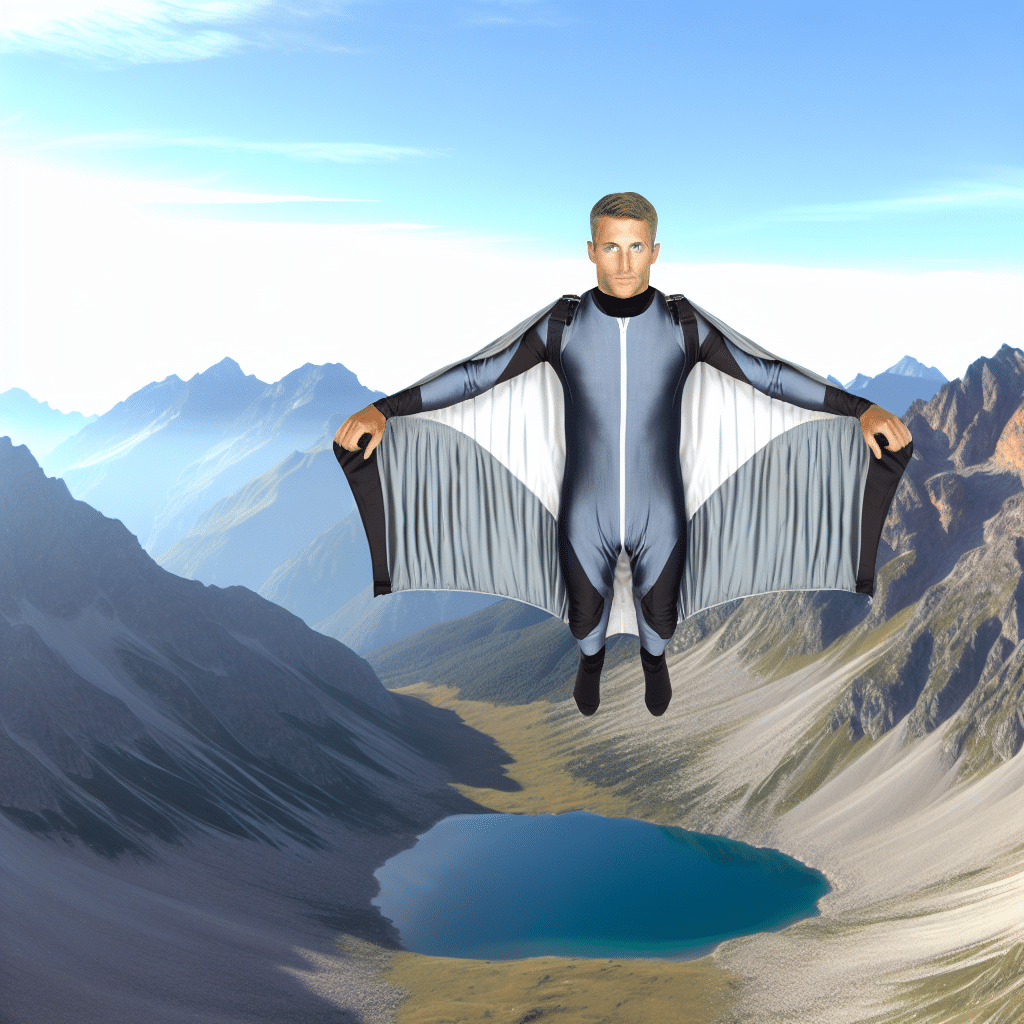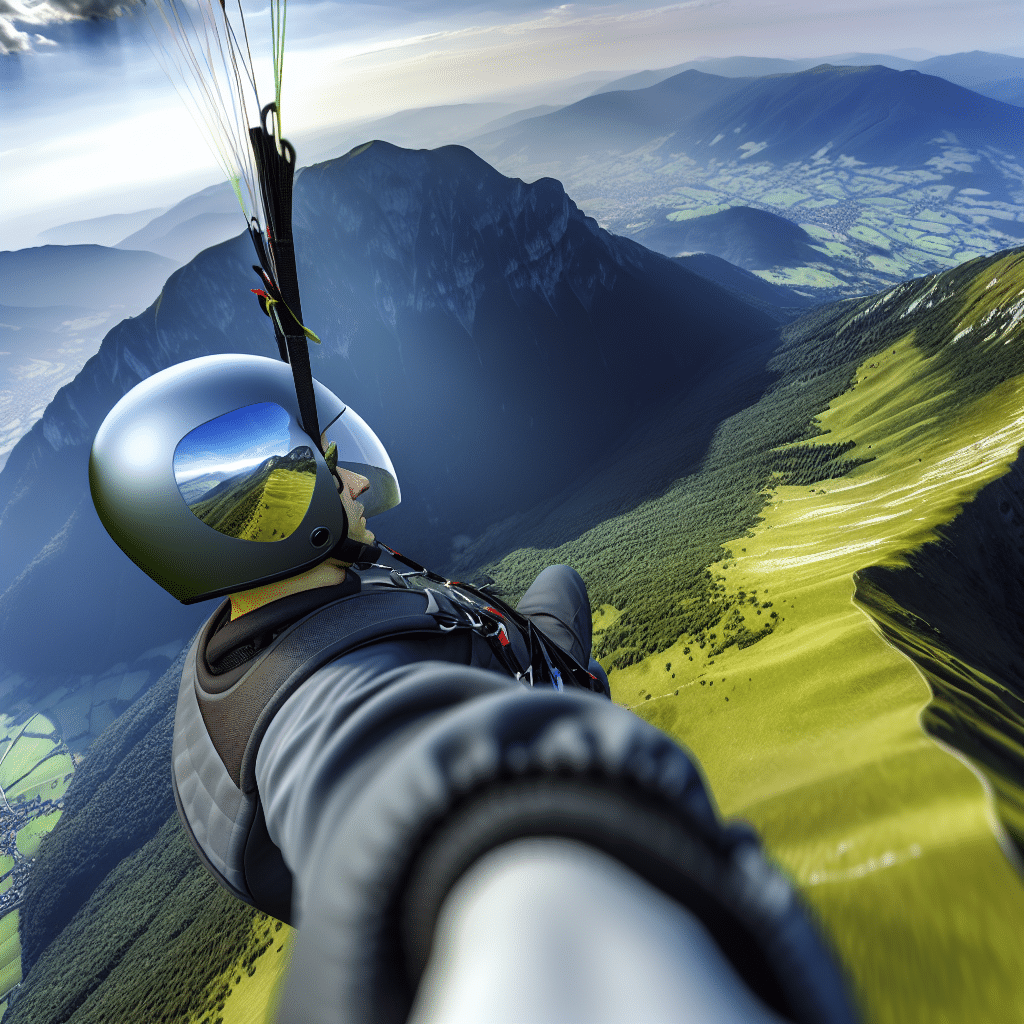The concept of human flight has captivated the imagination for centuries, from the mythical Icarus to the modern astronaut. Today, one of the most exhilarating manifestations of this timeless dream is the sport of wingsuit flying. The vision of a man flying a wingsuit through majestic mountain ranges or free-falling above crystal-clear lakes is not only a reality but a testament to human innovation and bravery. This article delves into the intricacies, thrills, and challenges of wingsuit flying, exploring what makes this extreme sport truly extraordinary.
The Anatomy of a Wingsuit: How Does It Work?
The essence of wingsuit flying lies in the suit itself. Unlike traditional skydiving, where the body faces the air resistance head-on, wingsuit flying offers a new dimension of control and agility.
The Design
A wingsuit, often referred to as a “squirrel suit” or “birdman suit,” features fabric stretched between the legs and under the arms. This design increases the surface area of the human body, allowing for greater lift and more horizontal movement. Modern wingsuits are the result of years of engineering, featuring high-quality, durable materials that minimize drag while maximizing performance.
The Function
The primary function of a wingsuit is to convert vertical speed into horizontal speed. This is achieved through the airfoil-like design of the suit, enabling a flyer to glide at a ratio of 2.5:1, meaning for every meter they descend, they can travel 2.5 meters forward. Piloting a wingsuit requires a deep understanding of aerodynamics, and mastering it involves intense training and practice.
Man Flying Wingsuit: Who Are These Daredevils?
Wingsuit flying is not for the faint-hearted. The sport demands a combination of physical fitness, mental acuity, and an unyielding spirit of adventure.
Training and Certification
The journey to becoming a proficient wingsuit flyer typically begins with skydiving. Aspiring flyers must complete a minimum number of traditional skydives—usually around 200—before they can even consider transitioning to a wingsuit. After this, specialized training in wingsuit techniques and safety protocols is necessary. Organizations like the United States Parachute Association (USPA) offer certifications that ensure a flyer’s readiness.
The Community
The wingsuit flying community is a tight-knit group of enthusiasts who share a passion for flight and adventure. It includes world-class athletes like Jeb Corliss and Roberta Mancino, whose exploits have pushed the boundaries of what’s possible. This community is often found at major skydiving events and wingsuit competitions around the world, where they share techniques, experiences, and the sheer joy of flight.
The Science and Safety of Wingsuit Flying
While wingsuit flying offers unparalleled freedom, it comes with inherent risks. Understanding the science behind it and adhering to safety protocols is crucial for reducing these risks.
The Physics of Flight
Wingsuit flying is governed by the principles of aerodynamics. The design of the wingsuit aims to maximize lift and minimize drag. Flyers must maintain a proper body position, keep their speed in check, and continuously adjust their trajectory to remain stable and in control. Even minor deviations can lead to catastrophic failures, so constant vigilance and skillful execution are paramount.
Safety Measures
Safety in wingsuit flying starts before the jump. Pre-jump checks ensure that the suit is properly fitted and that all equipment, including the parachute and altimeter, is functioning correctly. During the flight, maintaining situational awareness is essential. Most wingsuit flyers employ a “pull altitude,” which is the predetermined altitude at which they must deploy their parachute, typically around 4,000 feet. Post-flight debriefing is also a common practice, enabling flyers to assess performance and identify any issues that need addressing.
The Emotional and Psychological Thrill
What drives someone to leap off a cliff or exit an aircraft in a wingsuit? Beyond the physical thrill, wingsuit flying offers a profound emotional and psychological experience.
The Adrenaline Rush
Few experiences can match the sheer adrenaline rush of wingsuit flying. The moment of freefall, the gradual feeling of lift, and the ability to navigate through the air at high speeds create a sensory overload that is both terrifying and exhilarating.
The State of Flow
Many wingsuit flyers describe a state of “flow” during their flights, where they become fully immersed in the experience, losing track of time and external worries. This state of profound focus and oneness with the environment is often described as a form of meditation, bringing clarity and a deep sense of fulfillment.
Conclusion: The Future of Man Flying Wingsuit
Wingsuit flying is a sport that marries human ingenuity with the timeless dream of flight. As technology advances and our understanding of aerodynamics deepens, the possibilities for wingsuit flying continue to expand. Whether you are an adrenaline junkie eager for your next adventure or an observer captivated by the beauty of human flight, the sight of a man flying a wingsuit is nothing short of spectacular. In life, some dreams remain fantasies, but for those daring enough to take the plunge, wingsuit flying proves that some dreams are meant to be lived.




